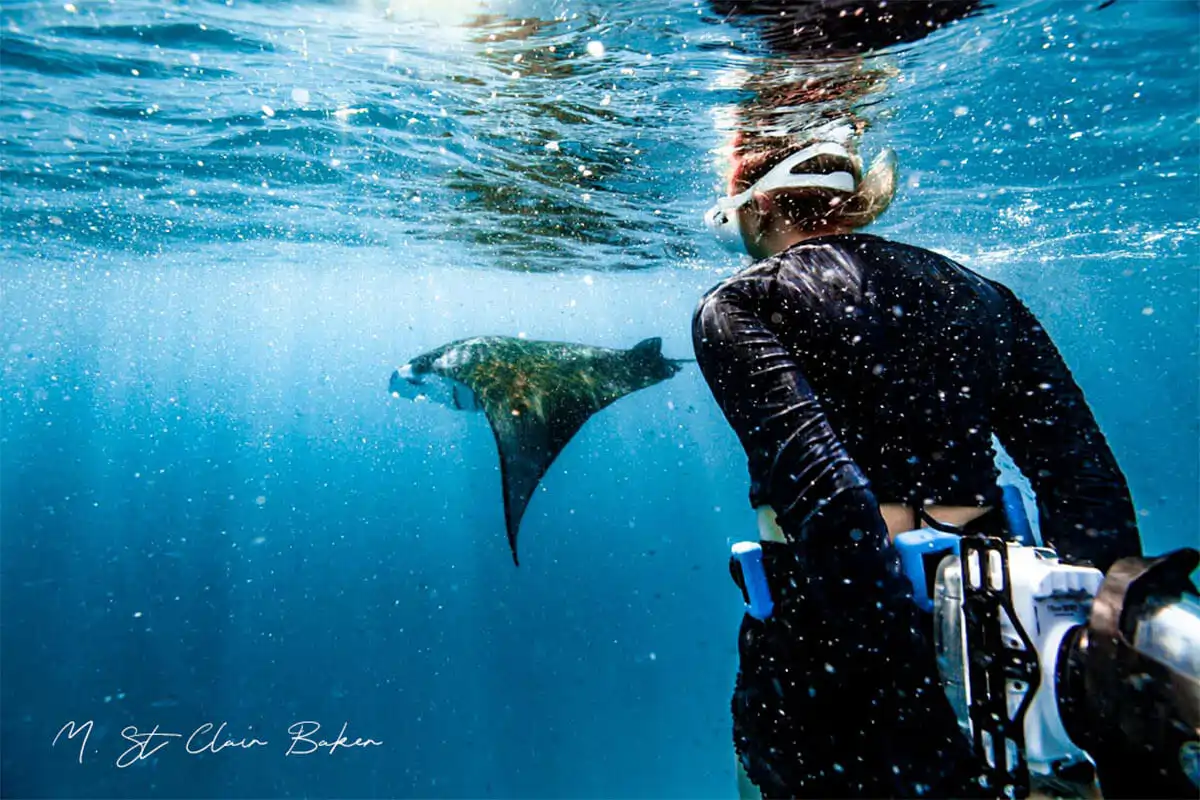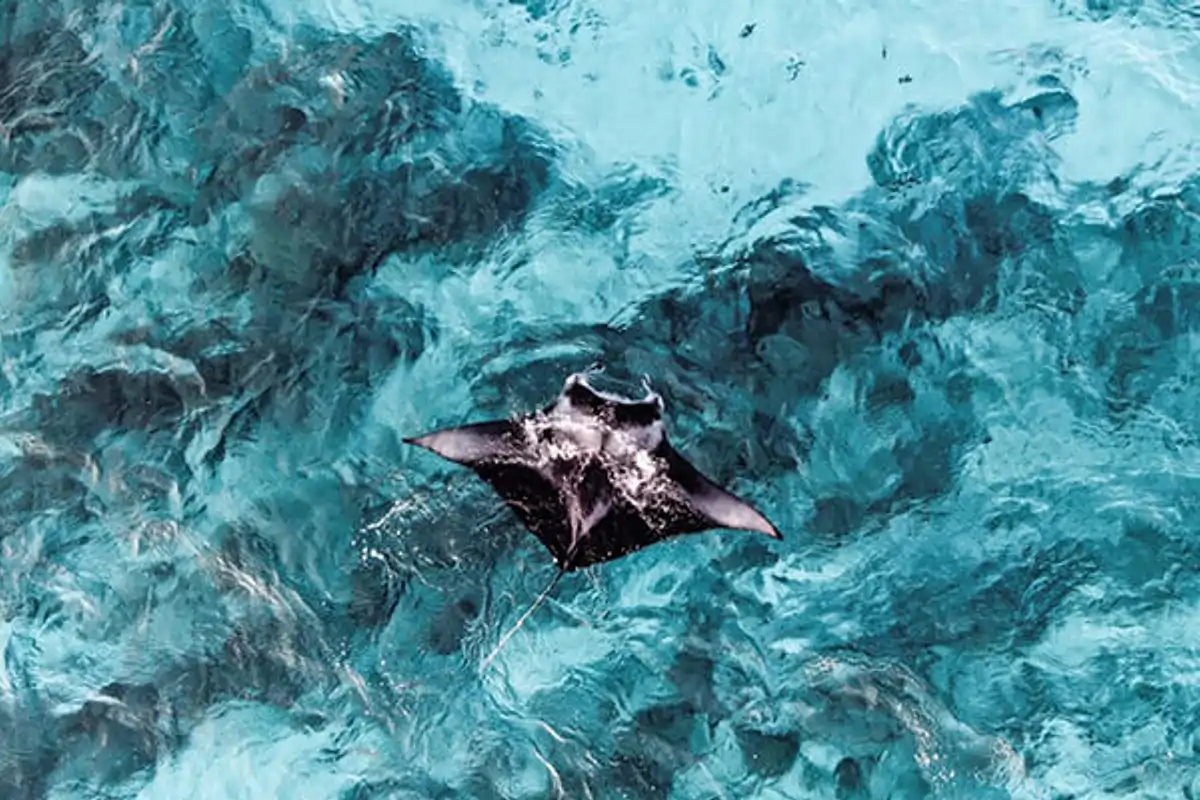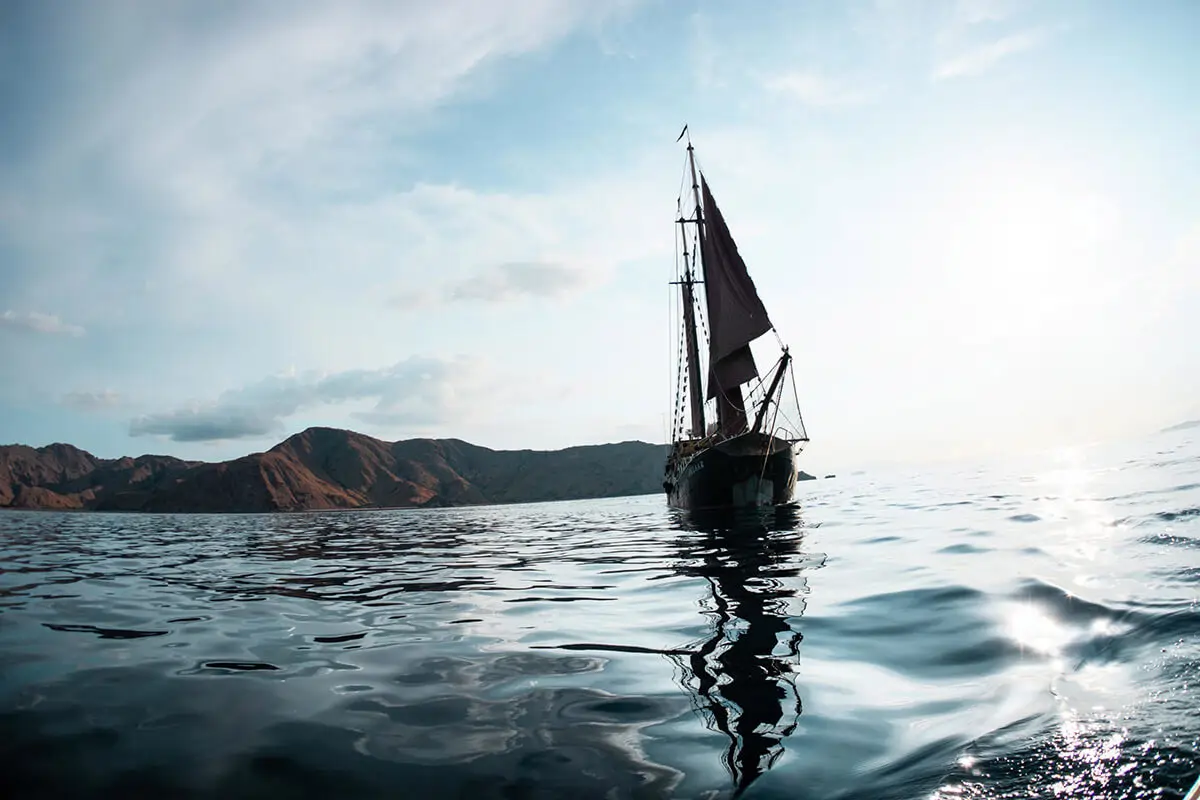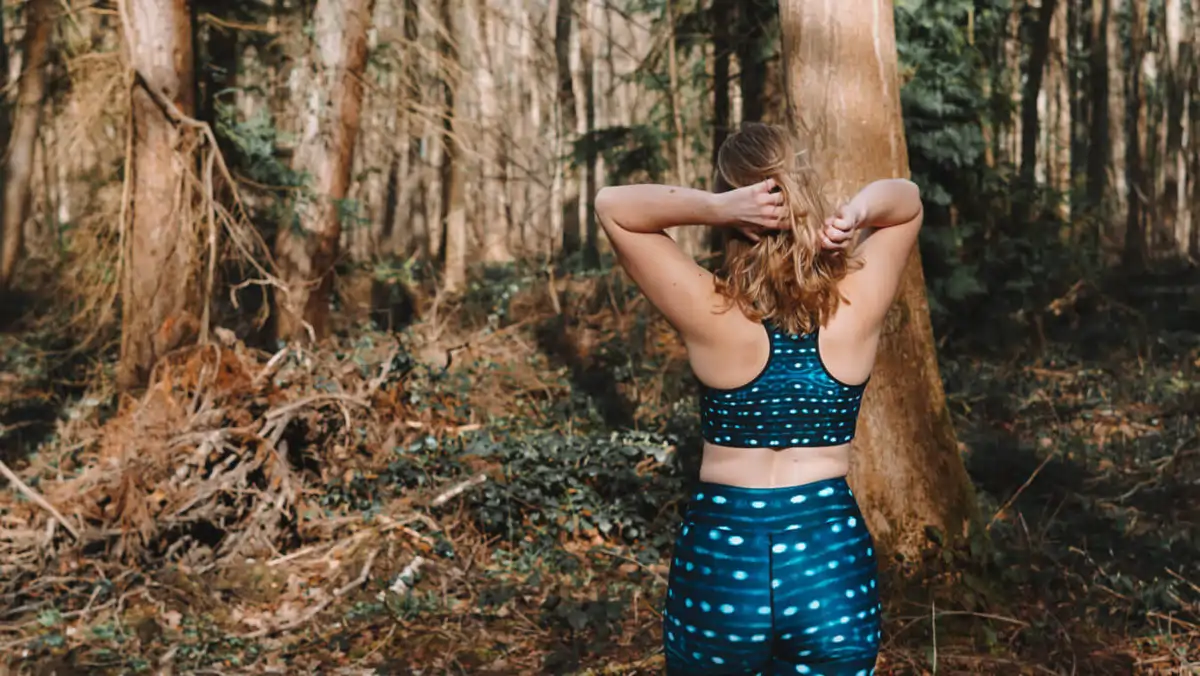In a small corner of Indonesia, just off the north-westerly tip of Flores, lies the Komodo National Park. From vibrant coral to crazy macro critters, is a place of magic. Komodo is also home to what I consider to be one of the most gorgeous, charismatic ocean creatures: The reef mantas ray. Spanning up to almost 4.5 meters from wing to wing, these rays are one of the largest fish in the ocean.
This year, I was delighted to return to Komodo onboard Adelaar’s “Manta Special” Komodo cruise as a guest speaker. From Nusa Penida to Raja Ampat, the nutrient-rich waters of the Indonesian archipelago are home to some of the world’s most famous populations of manta rays. Komodo National Park is one of Indonesia’s manta ray “hotspots”. With over 1000 individual manta rays identified within the park, it is the largest known population within Indonesia. As a marine biologist and scuba diver, I’ve been fortunate to have visited many of the populations across Indonesia… But it’s the mantas of Komodo that hold a special place in my heart. It’s here that I saw my first manta ray, generating a love so deep that it would inspire me to pursue a career working with these animals.
We hastened to dive in
As a marine biologist, I have an eternal obsession for coral (second only to manta rays!). During a dive you’ll often find me head down, examining the sea floor so hard that a whale shark could swim right by and I wouldn’t even know. (This has actually happened before. Twice.) And this is exactly what I was doing during this dive. Face hovering two inches over a fascinating piece of coral regrowth on a dead acropora rubble – when suddenly I looked up to see a manta ray glide about 30 cm above my head, straight through my bubbles. It was so unexpected I almost spat my reg out! She was glorious – I’ll always treasure the moment.
It was an absolute pleasure to come onboard Adelaar and to share my knowledge about manta rays with the group. Thank you SO MUCH again to Adelaar for such a wonderful, manta filled journey, in one of the most beautiful settings in the world.
My Trip Advisor review here!
– Written by Mads, ocean lover and protector.
Discover Mads’ eco friendly swimwear brand: Nuwave







